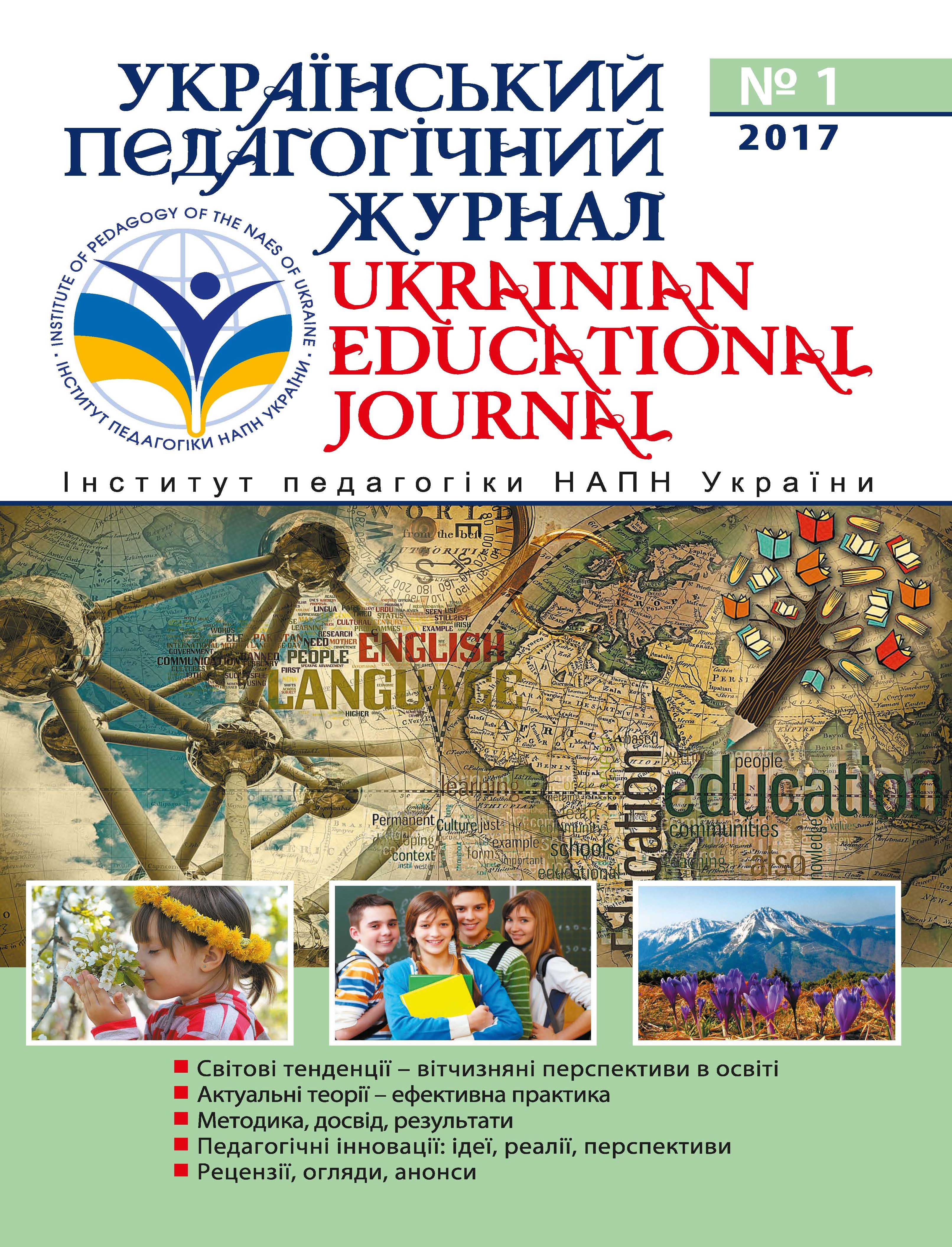Abstract
The article is aiming at revealing the basic concepts, scientific approaches and guidelines of American educators on the problem of Differentiated instruction (DI) and its providing for the U.S. secondary education system. They define differentiation as a teacher’s reacting responsively to a learner’s needs. The goal of a differentiated classroom is maximum student growth and individual success. Based on the knowledge that not all students are alike, differentiated instruction applies an approach to teaching and learning that gives students multiple options for taking in information and making sense of ideas. Differentiated instruction is a teaching theory based on the premise that instructional approaches should vary and be adapted in relation to individual and diverse students in classrooms. The article also describes fundamental principles that support differentiation, such as: a differentiated classroom is flexible; differentiation of instruction stems from effective and ongoing assessment of learner needs; flexible grouping helps ensure student access to a wide variety of learning opportunities and working arrangements. A special emphasis was put on offer a practical way how to implement differentiated instruction in educational process. The model of differentiated instruction requires teachers to be flexible in their approach to teaching and adjust the curriculum and presentation of information to learners rather than expecting students to modify themselves for the curriculum. There are at least three classroom elements that teachers can differentiate /or modify to increase the likelihood that each student will learn as much as possible, as efficiently as possible: content (what an educator teach and how he/she give students access to the information and ideas that matter), process (how students come to understand and “own” the knowledge, understanding, and skills essential to a topic), products (how a student demonstrates what he or she has come to know, understand, and be able to do as a result of a segment of study). Students vary in at least three ways that make modifying instruction a wise strategy for teachers: students differ in their readiness to work with a particular idea or skill at a given time (readiness), in pursuits or topics that they find interesting (interest), and in learning profiles that may be shaped by gender, culture, learning style, or intelligence preference (learning profile). Among instructional strategies are learning centers, interest groups, group investigation, complex instruction, compacting, learning contracts, tiered activities, tiered products, rubrics constructed jointly by teacher and student, use of alternative forms of assessment and many others. Many authors of publications about differentiated instruction, strongly recommend that teachers adapt the practices slowly, perhaps one content area at a time.

This work is licensed under a Creative Commons Attribution-NonCommercial-ShareAlike 4.0 International License.

